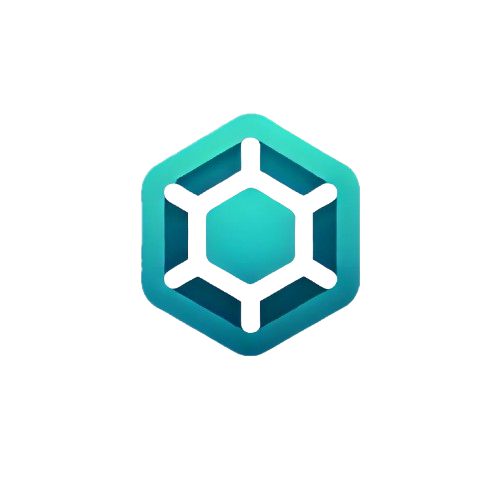· Sweady Team · Developer Productivity · 5 min read
Instant Feedback Loops: Running Effective Slack Polls and Tests Today
Discover how to leverage Slack polls and tests to create instant feedback loops that boost team collaboration and streamline your code review process.
this section is constant and should not be updated author: ‘Sweady Team’
Instant Feedback Loops: Running Effective Slack Polls and Tests Today
As a part of modern remote teams, instant communication and efficient collaboration are essential. In the realm of software development, these dynamics are even more critical given the pace at which technology evolves. One often overlooked but powerful tool in bridging communication gaps is Slack polls. When used effectively, they can lead to instant feedback loops that enhance team productivity and decision-making efficiency.
In this post, we’ll explore how to run effective Slack polls and tests today, focusing on creating engaging and informative interactions that keep your team aligned and informed.
Why Slack Polls Matter
Slack polls may seem like simple tools, but they have the potential to transform team dynamics:
- Speedy Decision Making: Polls simplify decision making by quickly gathering input from team members.
- Increased Engagement: Interactive polls encourage participation, ensuring every voice is heard.
- Data-Driven Insights: Aggregate responses provide a snapshot of team sentiment or opinions.
- Enhanced Collaboration: Establishes a culture of open feedback, crucial for remote teams.
Best Practices for Running Slack Polls
1. Define Clear Objectives
Before you create a poll, ask yourself, what is the goal? Whether it’s choosing a lunch spot or deciding on a project focus area, clarifying your objective ensures that your poll is designed with purpose.
2. Keep it Simple
Crafting your questions in simple, understandable terms will result in more accurate responses. Avoid jargon or complex structures that might confuse respondents.
3. Limit the Number of Responses
Avoid overwhelming your team by keeping the number of response options manageable. Ideally, limit to 2-5 options to encourage decision-making without causing choice paralysis.
4. Use Consistent Formats
Utilize a consistent structure for your polls to help team members quickly grasp how to respond. For example, always place a ‘Yes/No’ question format when requiring binary feedback.
5. Schedule and Automate
Integrate poll scheduling and automation to ensure regular feedback loops. Tools like Simple Poll or customized Slack bots can automate recurring queries, such as weekly satisfaction checks.
Implementing Slack Polls in Developer Workflows
Leveraging Slack polls effectively requires contextual understanding of how they fit into existing workflows, particularly for developer teams focused on GitHub and DevOps:
Example 1: Code Review Prioritization
To ensure that critical pull requests are reviewed promptly, you can run a weekly poll asking:
Which PRs should be prioritized this week?
Populate the poll with options corresponding to important or blocking pull requests. This can ensure the team aligns on priority projects quickly.
Example 2: Tooling Feedback
Post-deployment, gather feedback on new tools or integrations to continuously improve your stack:
How effective is the new CI/CD integration?
(1: Not Effective - 5: Highly Effective)
Aggregating scores can highlight whether the tooling investment has improved productivity or requires changes.
Example 3: Retrospective Voting
Enhance sprint reviews by polling on topics for team retrospectives. Ask the team what went well, what could be improved, and any additional feedback.
*What area should we focus on in the next retrospective?*
- Process Improvement
- Communication
- Tool EffectivenessEnhancing Slack Polls with Sweady
At Sweady, we’ve designed our platform to fit seamlessly into Slack, enhancing your instant feedback capabilities without disrupting workflows.
Key Features:
- Automated Channels: Automatically create dedicated Slack channels for each poll or feedback session, ensuring all responses are easy to manage and review.
- Daily Digest: Receive a daily summary of all poll activities, helping to track pending actions and necessary follow-ups.
- CI/CD Updates: Poll results integrate with CI/CD updates, meaning your team sees the impact of their feedback on operational metrics.
Use Cases for Instant Feedback Loops
- Problem-Solving: Run polls to identify and rank engineering challenges, enabling focused discussions and action plans.
- Innovative Suggestions: Gather innovative ideas for product features or process improvements through quick suggestions polls, fostering creativity.
- Conflict Resolution: Address team conflicts through anonymous polling, ensuring honest feedback that can guide mediation.
Conclusion
Slack polls are a low-effort, high-impact way to enhance team communication and collaboration. By integrating these instant feedback loops into your workflow, you’re not only improving decision-making efficiency but also nurturing a culture that values every voice. At Sweady, we’re committed to supporting that mission with tools that make collaboration seamless.
Embrace the practice of consistent, purposeful polling today and watch as your team’s trust and productivity soar. For more tips and effective collaboration strategies, stay tuned to our blog at sweady.co.
By weaving polls into your daily routine, you unlock a powerful method of continuous improvement and teamwork that aligns perfectly with the evolving needs of remote and hybrid software development teams. Ensure your team is not just talking the talk, but actively walking the walk with the full engagement that Slack allows.
Remember, your next great idea or improvement could be just a poll away! If you’re intrigued by how these feedback loops can enhance your team’s workflow, you’ll definitely want to dive into our insights on effective remote code reviews. Discover how GitHub and Slack integrations elevate your dev team’s productivity and streamline collaboration, ensuring that everyone is always on the same page. Don’t miss out on these practical tips that can take your team’s communication and code quality to the next level!
 Sweady
Sweady